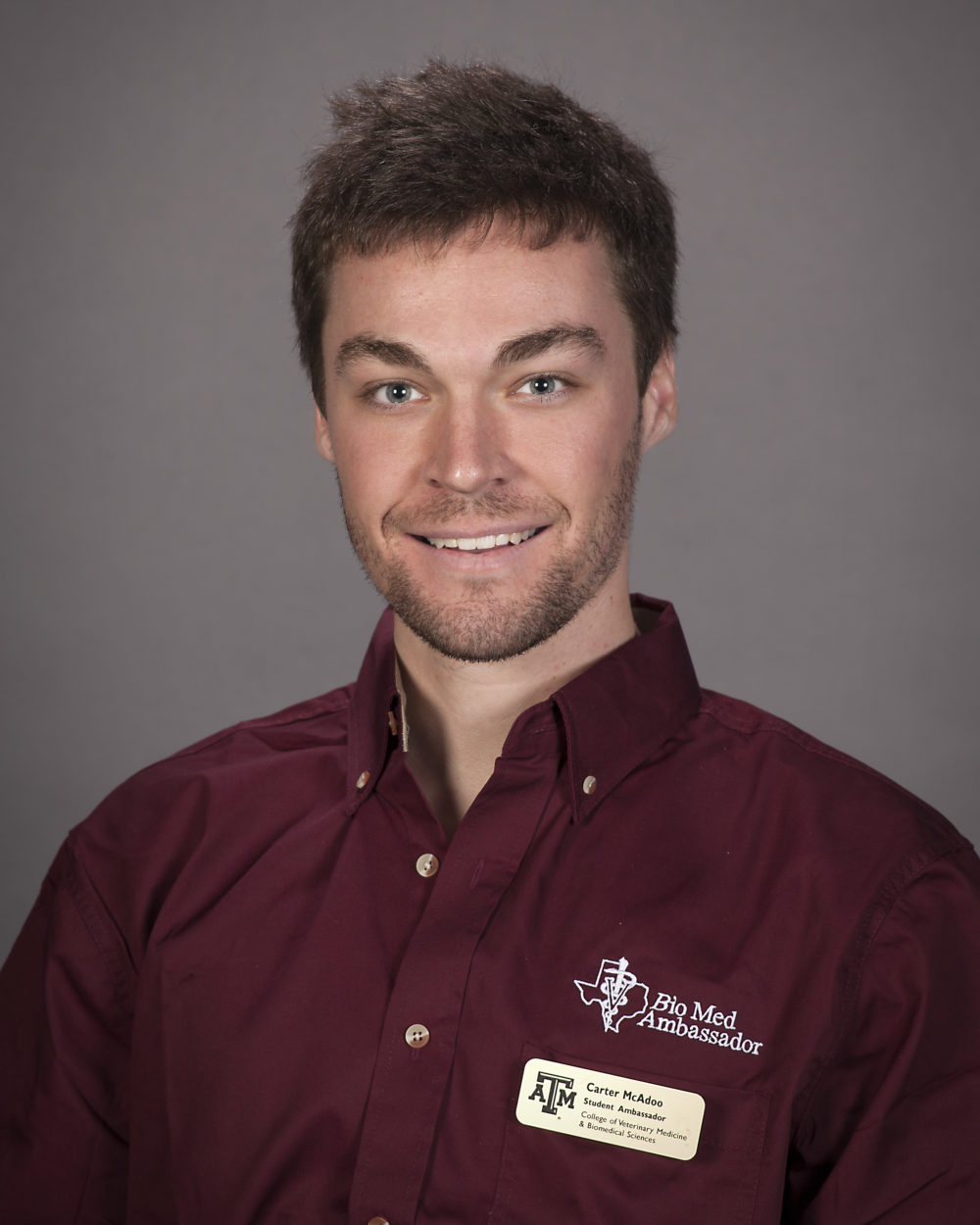I am now about 10 weeks into my third year of veterinary school.
Although it has only been a few years, when I think back to when I was dreaming and praying that I’d get accepted into my dream veterinary school (Texas A&M, whoop!), it feels like a lifetime ago. Now, in a few short months, I will be entering my yearlong clinical rotations as a fourth-year student—and it feels surreal. It’s also a little scary because it’s a reminder that the future is fast approaching.
Since the beginning of this semester, our professors have felt the need to sprinkle in little reminders every once in a while by saying things like, “In about a year and seven months, you will be the doctor making the decision on this case. So, what will you do for this patient?”
Usually, one brave student will speak up and answer the professor’s question, while the rest of us stare at her with wide, caught-off-guard eyes all because she said the words “you will be the doctor.” It feels odd to be scared of the dream that I’ve been chasing and working toward for all of this time.
It really seems like just yesterday that I was buried deep in my anatomy book, and now all of the sudden, I’m spending hours working on my resume and looking up externships/post-graduation job opportunities. There has also been a dramatic shift in the types of courses we’re taking this semester. During the first two years of our curriculum, we focused on learning and memorizing the basics and the foundation of veterinary medicine. We took classes like anatomy, physiology, and pharmacology.
Now, in our classes—like Small Animal/Large Animal Diagnostics and Treatment—and our selected career-focused tracks, we have moved onto applying that foundational knowledge to recognize, diagnose, and treat diseases. In addition, now, we’re given with cases of how a patient might present, and we have to determine what diagnostics we might want to run or what our treatment plan might look like. Slowly, but surely, we’re learning how to think like doctors.
It’s a new kind of stress that makes me excited because I’m getting closer to becoming a veterinarian and caring for animals.Thinking about finally reaching that goal after years of hard work makes looking toward the future a little less frightening.

 During this past winter break, I was invited to interview with the Texas A&M College of Veterinary Medicine. Upon receiving the emailed invitation, I was elated; it was a very surreal feeling. I have wanted to be a veterinarian for as long as I can remember and getting my interview made it suddenly feel real.
During this past winter break, I was invited to interview with the Texas A&M College of Veterinary Medicine. Upon receiving the emailed invitation, I was elated; it was a very surreal feeling. I have wanted to be a veterinarian for as long as I can remember and getting my interview made it suddenly feel real.